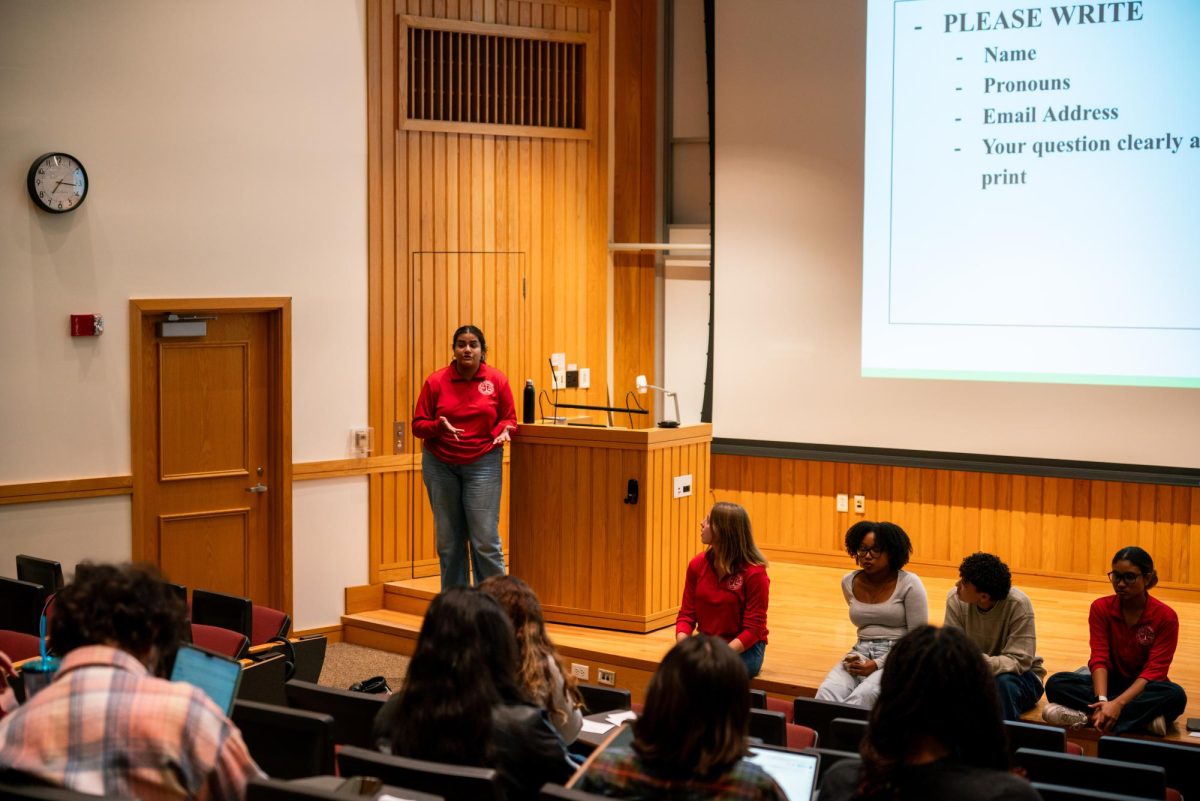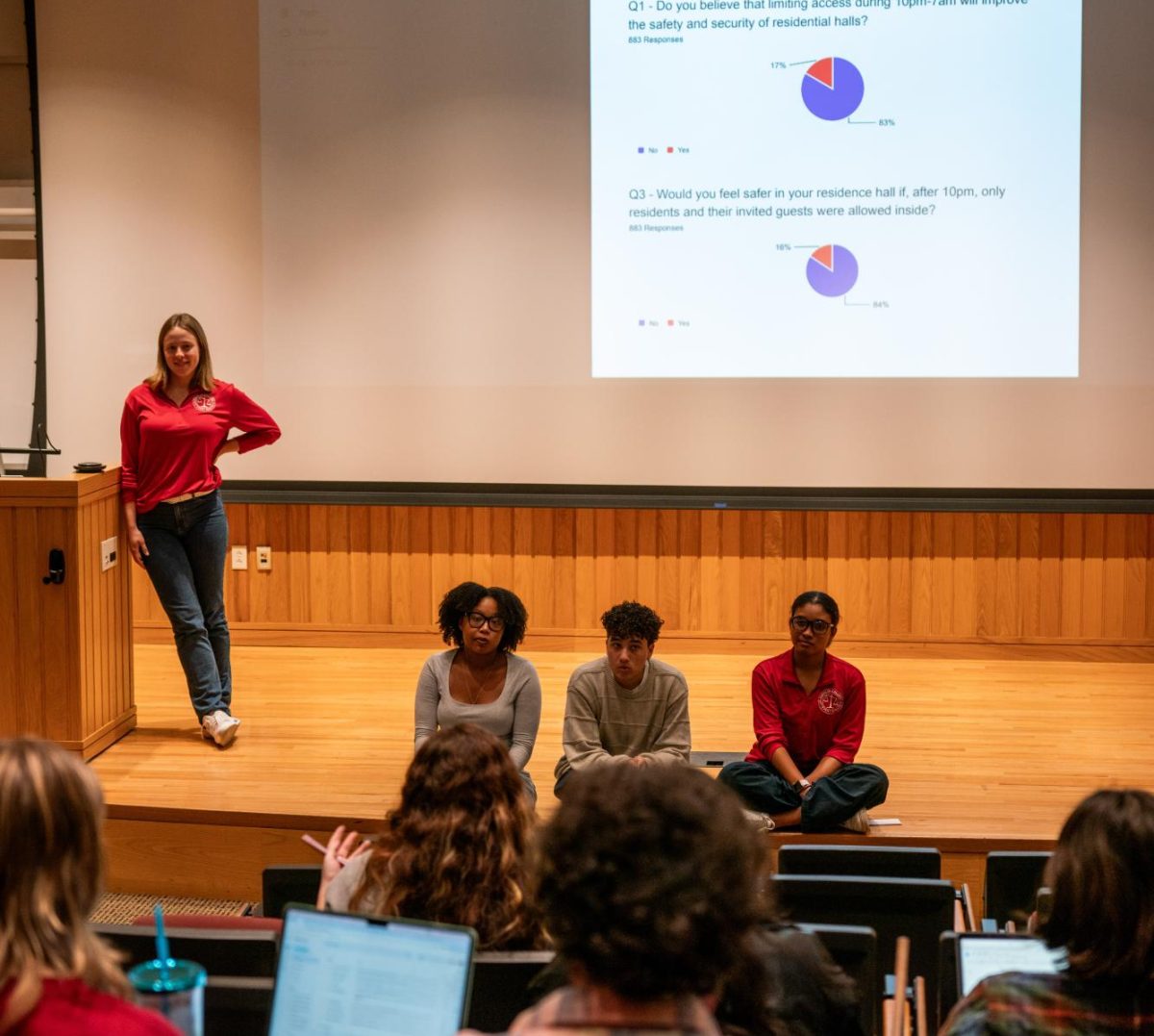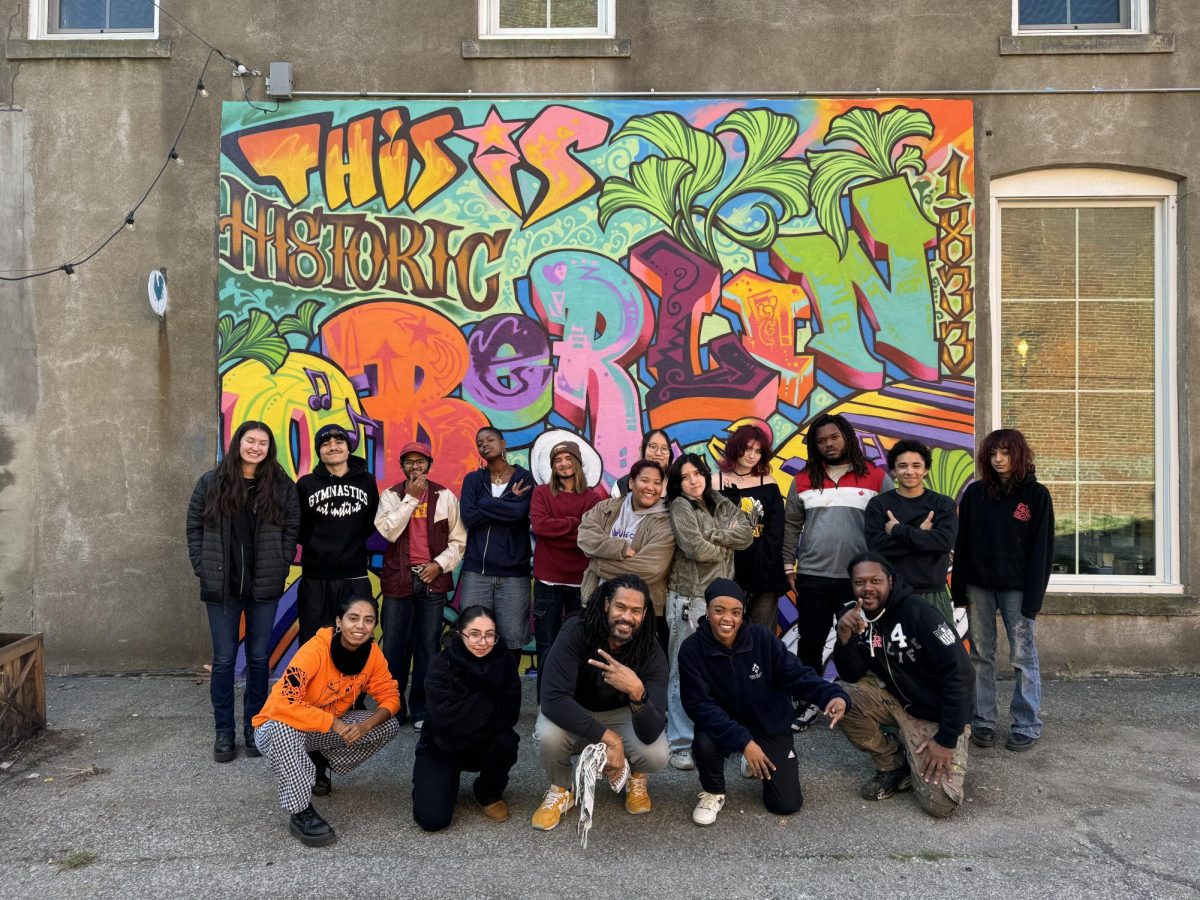Dakota Access Pipeline Protests Mirror Oberlin’s Anti-Pipeline Campaign
September 16, 2016
The federal government’s request to halt the construction of the Dakota Access Pipeline was met by cheers from the thousands of Native people gathered in protest at Standing Rock last Friday. This order, however, coming on the heels of a ruling that dismissed the Standing Rock Sioux Tribe’s anti-pipeline injunction, was surely met with equal skepticism. The nearly two-year battle against the Dakota Access Pipeline is far from over. Yet the crisis at Standing Rock has placed the anti-pipeline movement on the national stage, and its direct action approach to environmental justice provides an invaluable template for similar campaigns across the country, including the pipeline project currently facing opposition in Oberlin.
While this moment may seem like the fever pitch of protests against the Dakota Access Pipeline, this is merely the most recent in a series of clashes between the Standing Rock Sioux Tribe and Energy Transfer Partners, the company building the pipeline from North Dakota to Illinois. While the U.S. Army Corps of Engineers approved the project for completion in July, the tribe immediately opposed this action, claiming that neither the danger posed to residents nor the possible destruction of historic artifacts had been duly considered. The Sioux Nation argued that the pipeline would destroy sacred burial sites and runs dangerously close to Standing Rock’s primary water source. The tribe sued the Army Corps, and a flood of protesters formed a massive camp in Standing Rock, facing police dogs and pepper spray as they fought around the clock for their home and health.
Despite the momentum that the Standing Rock protests have gained, the public still tends to see environmental and social justice causes as separate and sometimes even at odds with each other. Though environmentalism looks to the future, it is not without the sting of immediacy that excites many social issues. While everyone will one day feel the effects of careless land management and rampant pollution, the smaller steps leading up to that day will single out very specific communities.
From the 1921 Blair Mountain face-off between coal miners and strikebreakers in Kentucky to the dumping of PCBs in Warren County, NC, the fossil fuel industry has a historic affinity for targeting people they expect to be incapable of resistance. The concept of environmental racism is as old as environmentalism itself, and Standing Rock is only the most publicized modern illustration of this. In Oberlin, for example, the NEXUS Pipeline — slated to carry natural gas from Ohio to Ontario — is expected to pass through the south side of town, where the majority of Oberlin’s people of color reside. While the people along the NEXUS route may not be as uniquely disenfranchised as the Sioux Nation, the routes of both pipelines cut chillingly close to communities of color or low economic standing, serving as a testament to the industry’s malice.
Projects like the Dakota Access Pipeline epitomize the disdain for human welfare inherent in pipeline infrastructure. This trademark behavior by energy corporations has led Standing Rock to its current position, one that Oberlin may soon join: direct action and civil disobedience. Standing Rock has made it clear that peaceful protest is not a thoughtless tactic to grab attention, but a means of elevating people above a system that has no place for them. Though the order from the Obama administration may be temporary, it is a testament to the movement’s power that Washington intervened at all, and this new development has certainly blurred the future of the pipeline.
With the construction of NEXUS on the horizon, communities across Ohio will be asked whether they intend to sit idly or embrace direct action to fight for their health and wellbeing. Direct action takes a multitude of forms — from blocking machinery to grassroots organizing — all of which will require determination and careful planning. Should Oberlin and other Ohio communities choose to act, I hope we can muster a fraction of the power summoned at Standing Rock.


















